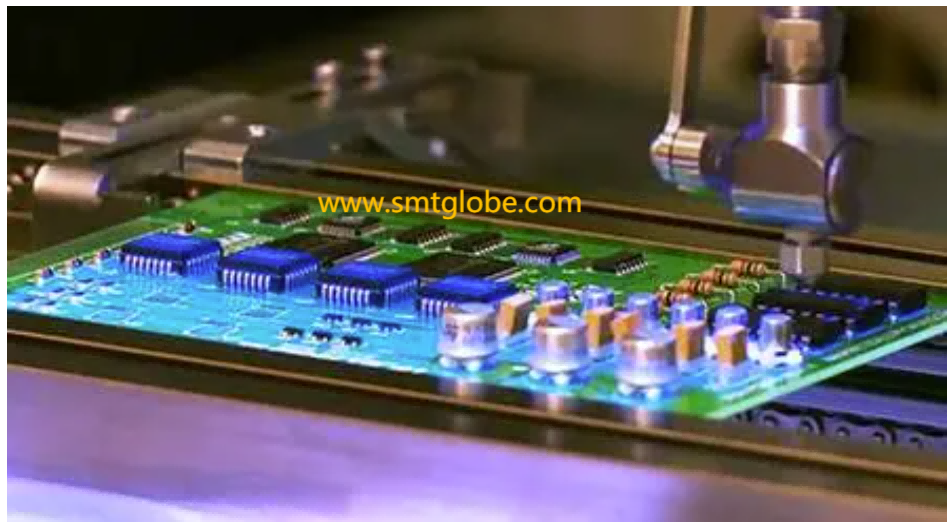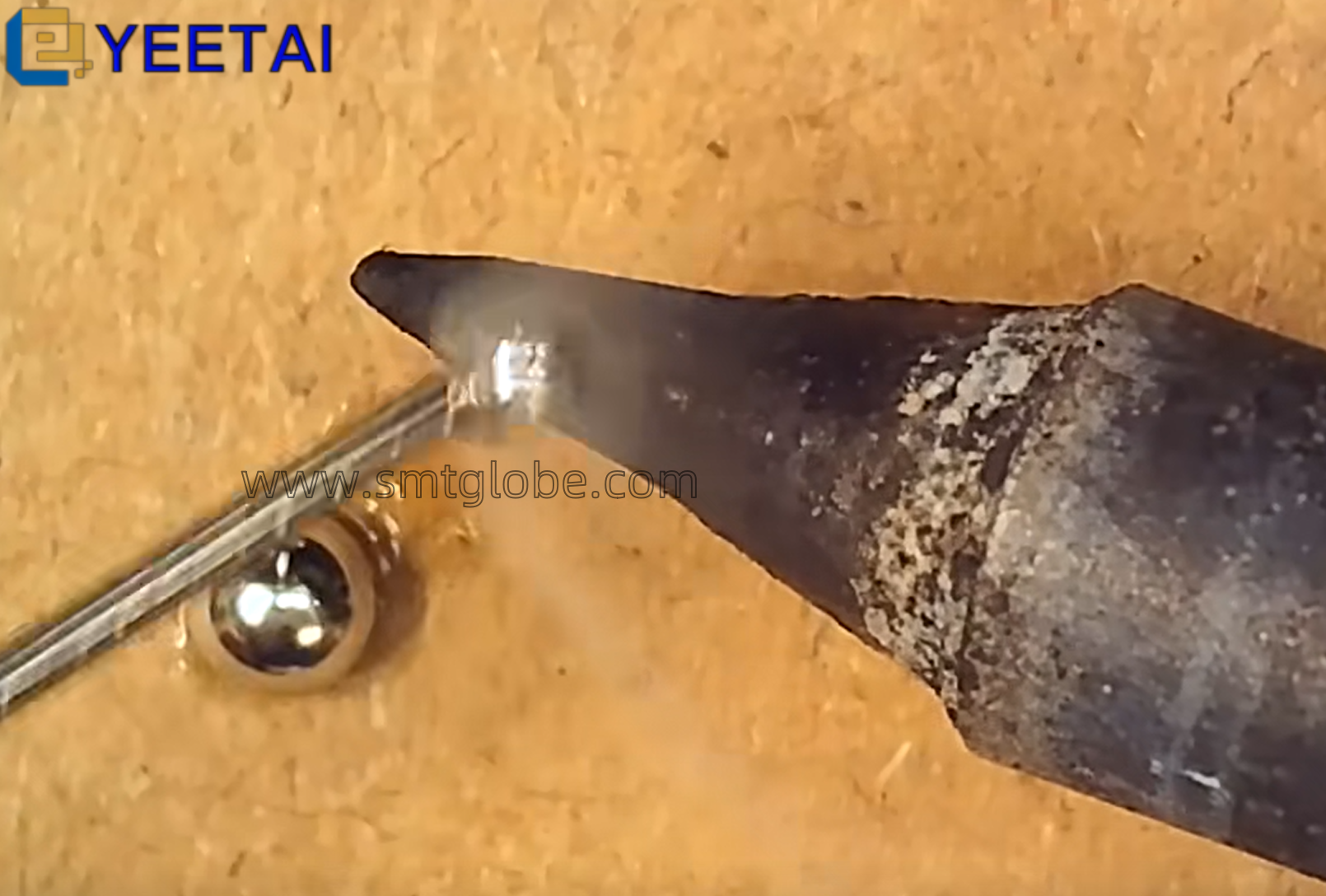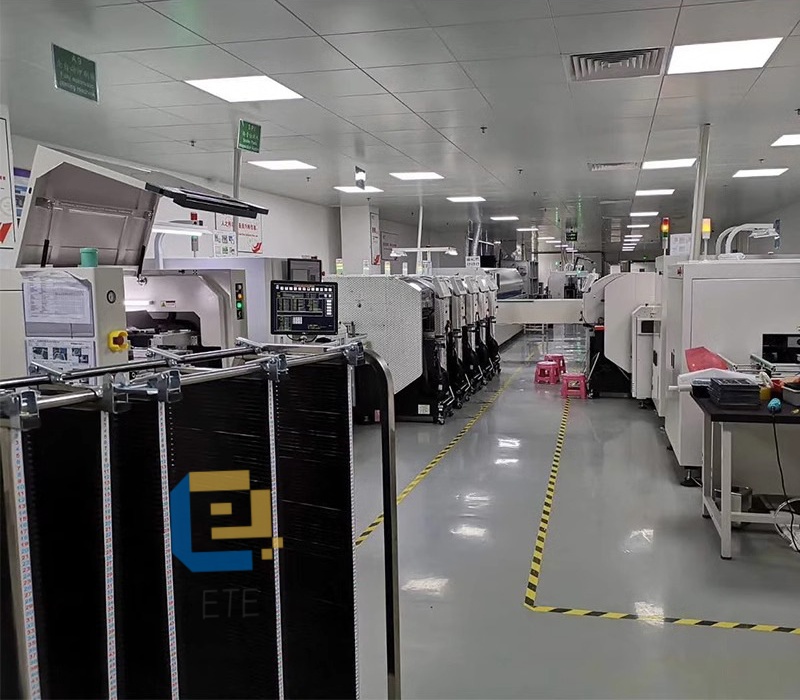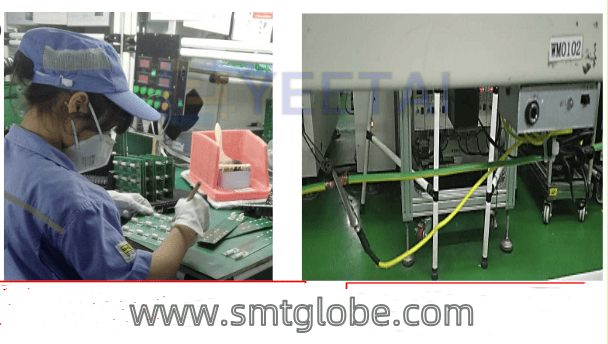In today’s fast-evolving technological landscape, particularly within the rapidly advancing sector of electric vehicles and high-voltage systems (such as 800V power modules), the demand for robust protection of electronic components has reached unprecedented levels. Factors such as humidity, ionic contamination, and residue particles pose significant threats to insulation performance, leading to potential leakage currents and equipment failures. To enhance the protective capabilities of electronic components, the industry widely employs conformal coating technology. After the coating process, electronic products are equipped with an “invisible armor,” which not only reinforces their resilience against external threats but also facilitates the reduction of conductor spacing in circuit board designs, effectively maintaining stable electrical insulation.

Evaluating the Performance of Conformal Coating in Humid Conditions
The performance assessment of conformal coatings in humid environments encompasses various critical factors, including dielectric constant, thermal properties, flammability, coating creep, chemical compatibility, and chemical resistance. This article aims to distill three commonly overlooked performance indicators of conformal coatings when deployed in humid conditions, providing valuable insights for professionals in the industry and encouraging more comprehensive material performance evaluations.
1. Hydrolytic Stability
Hydrolytic stability measures the ability of a conformal coating to maintain its original physical and chemical properties under humid conditions. In high-humidity environments (typically above 60% relative humidity), a lack of adequate hydrolytic stability can lead to performance degradation. Atmospheric submicron dust particles may possess acidic or alkaline properties. When moisture levels reach 80% or higher, a water film thickness of up to ten molecular layers can form, causing deposited materials in the atmosphere to dissolve. This dissolution generates free-moving ionic currents that can penetrate the conformal coating, potentially leading to circuit shorts, corrosion, and dendritic growth — circumstances that may severely compromise the entire electronic system.
2. Moisture Vapor Permeability
Moisture vapor permeability refers to the ability of water vapor to pass through a conformal coating. Given the small size of water molecules, they can penetrate nearly all polymer substrates, resulting in varying degrees of permeability across different conformal coating materials. Factors such as the chemical composition of the coating, thickness, curing level, and environmental conditions (temperature and humidity) significantly impact moisture vapor permeability. While some degree of permeability can facilitate natural drying of PCBs when not in use, excessive permeability may increase the risk of leakage currents, accelerate corrosion, and diminish insulation performance. Therefore, it is crucial to find a balance between moisture protection and permeability when selecting conformal coatings, ensuring effective moisture barriers without hindering the board’s ability to dry naturally.
3. Ionic Penetration Resistance
Ionic penetration resistance is a direct measure of a conformal coating’s ability to defend against ionic contaminants, particularly in environments where residues from fluxes and salt mists are common. Ions can breach conformal coatings through defects, micro-pores, or by directly penetrating the molecular chains, leading to electrochemical reactions and resulting in corrosion and reduced insulation performance. To evaluate the resistance of conformal coatings against ionic penetration, industry practices commonly employ Surface Insulation Resistance (SIR) testing, Sequential Electrochemical Reduction Analysis (SERA), and diffusion cell measurements. SIR testing assesses the resistance changes at the substrate interface beneath the coating, while SERA focuses on the oxidation state of metals beneath the coating. Diffusion cell experiments simulate environmental conditions, monitoring the dynamics of specific contaminants passing through the coating film. The combined application of these testing methods illustrates the penetration potential of ions and provides scientific basis for selecting and improving conformal coatings to ensure effective barriers against harmful ions, thus maintaining electrical safety of circuits.
Conclusion
When selecting conformal coatings, practical considerations should encompass cost-effectiveness, environmental adaptability, and safety. To ensure the reliability and long-term stability of electronic devices in humid environments, a thorough evaluation of coating performance is essential. Users should familiarize themselves with various assessment methods for surface cleanliness and their applicability, along with advanced technical experiences in reliability and surface technologies, including conformal coating reliability.
ZESTRON R&S leverages state-of-the-art analytical instrumentation and extensive expertise in process technology and reliability to provide comprehensive characterization and evaluation of electronic product surfaces. Services such as Conformal Coating Reliability Testing (CoRe test) and Coating Layer Testing are offered to assist clients in addressing complex reliability and surface technology challenges. By enhancing awareness of critical performance metrics and employing diligent testing, the industry can ensure that conformal coatings effectively protect electronic components in challenging environments.
Know more solutions at our website: www.smtglobe.com
We can help to simplify and qualify your PTH PCB assembly process. We are also helpful at Through-hole process.
AI Spare parts
SMT AGV Robots
SMT cleaning solutions
solder paste process management



